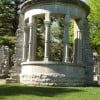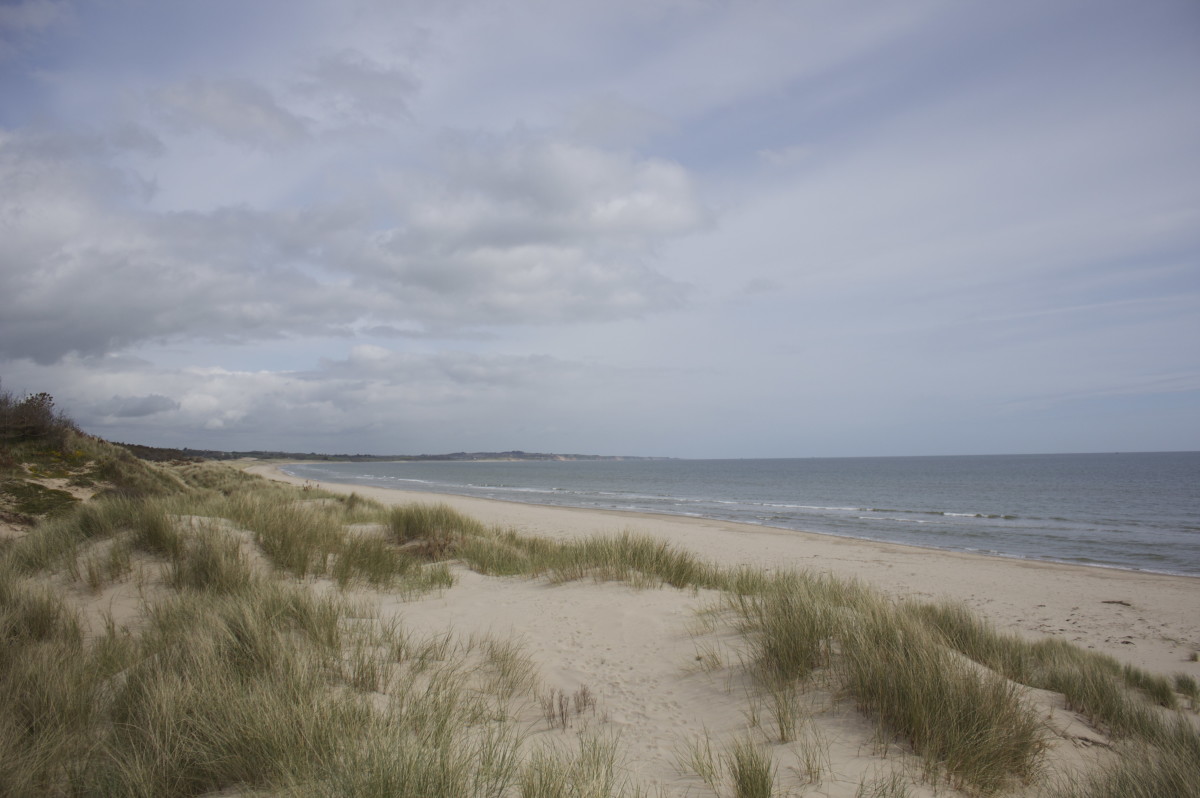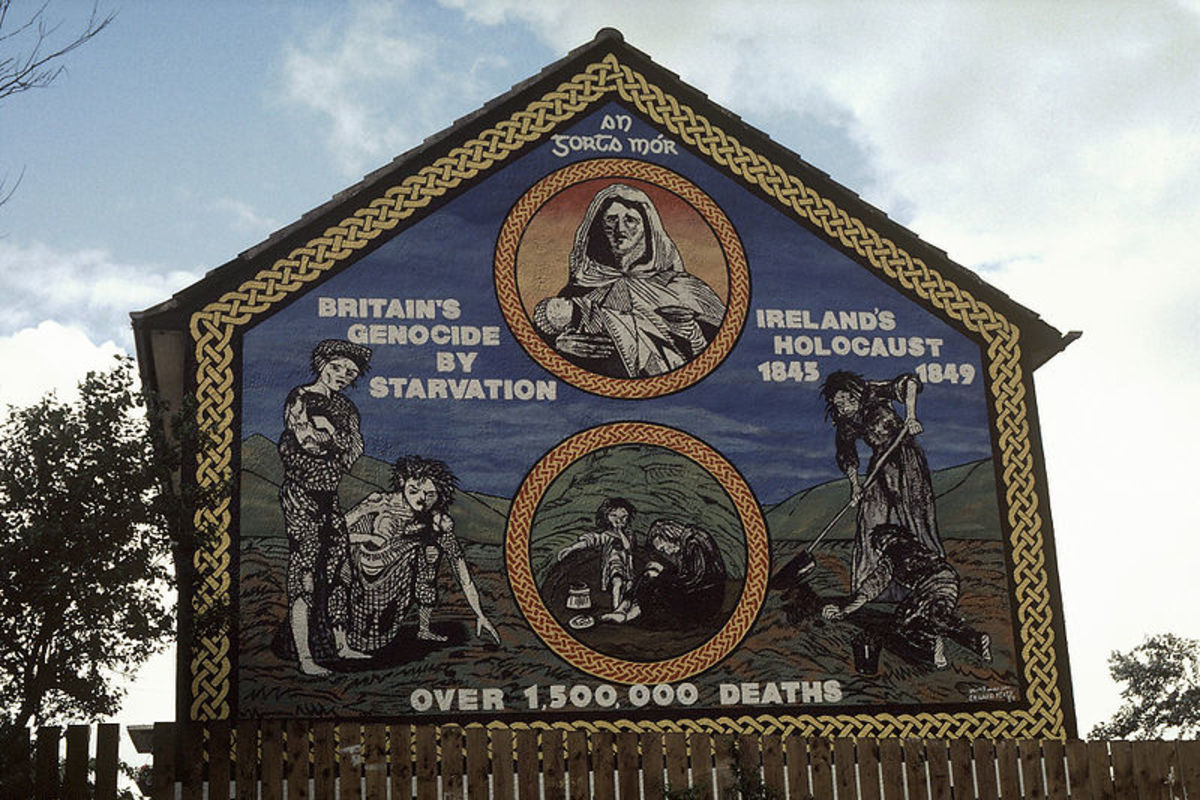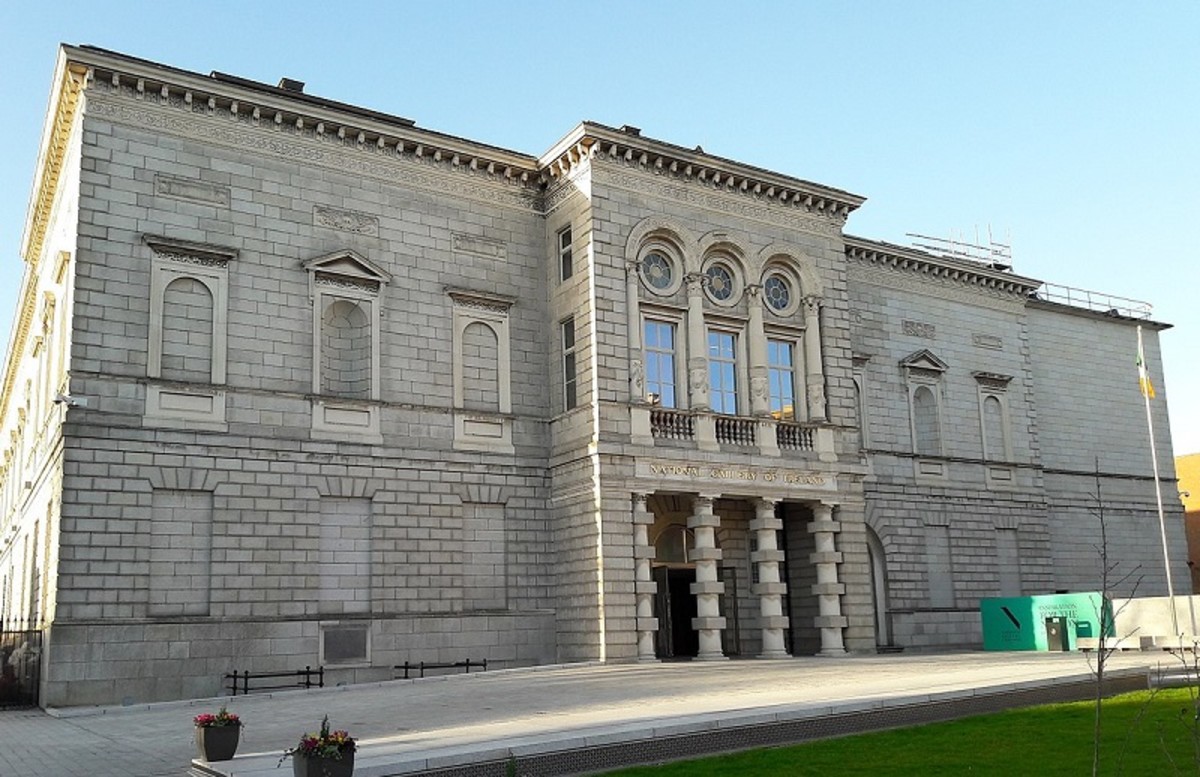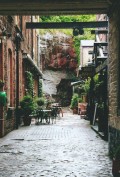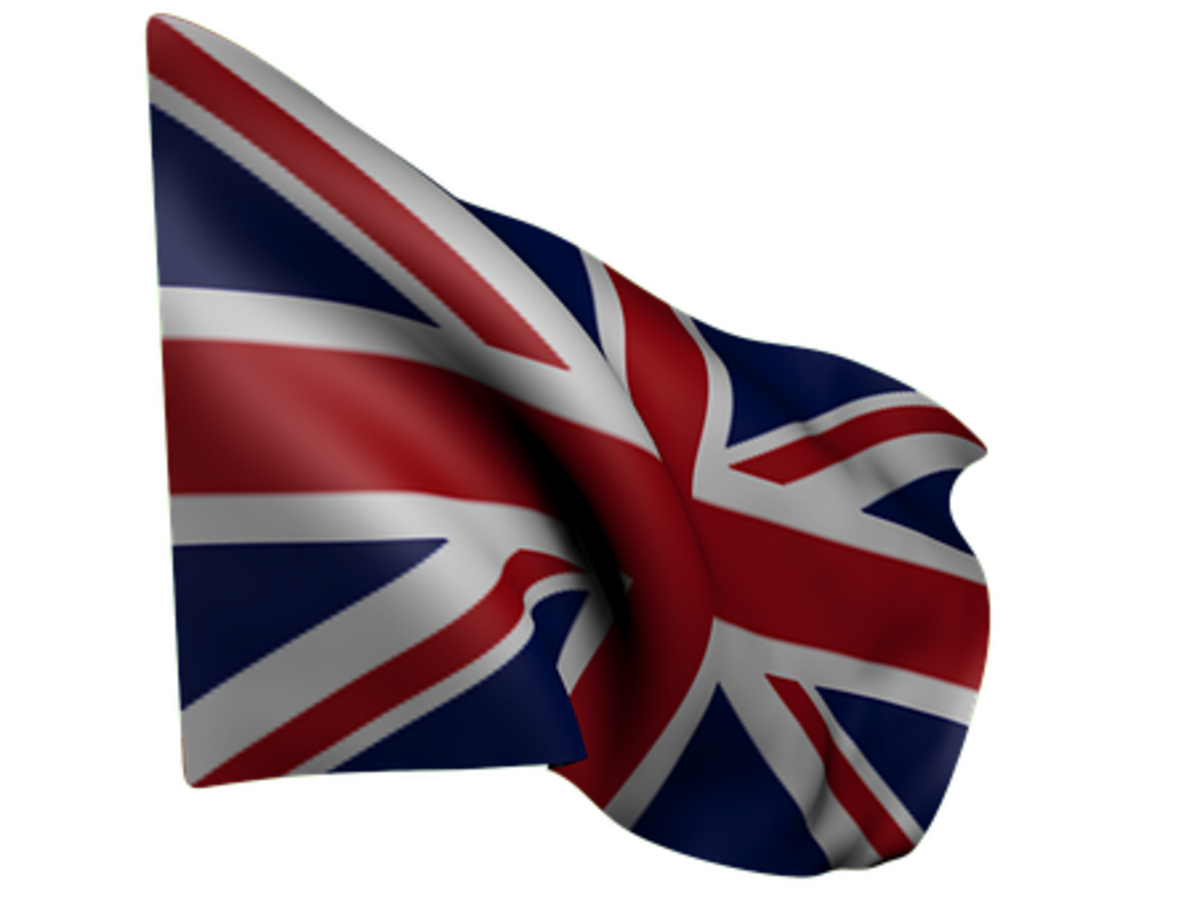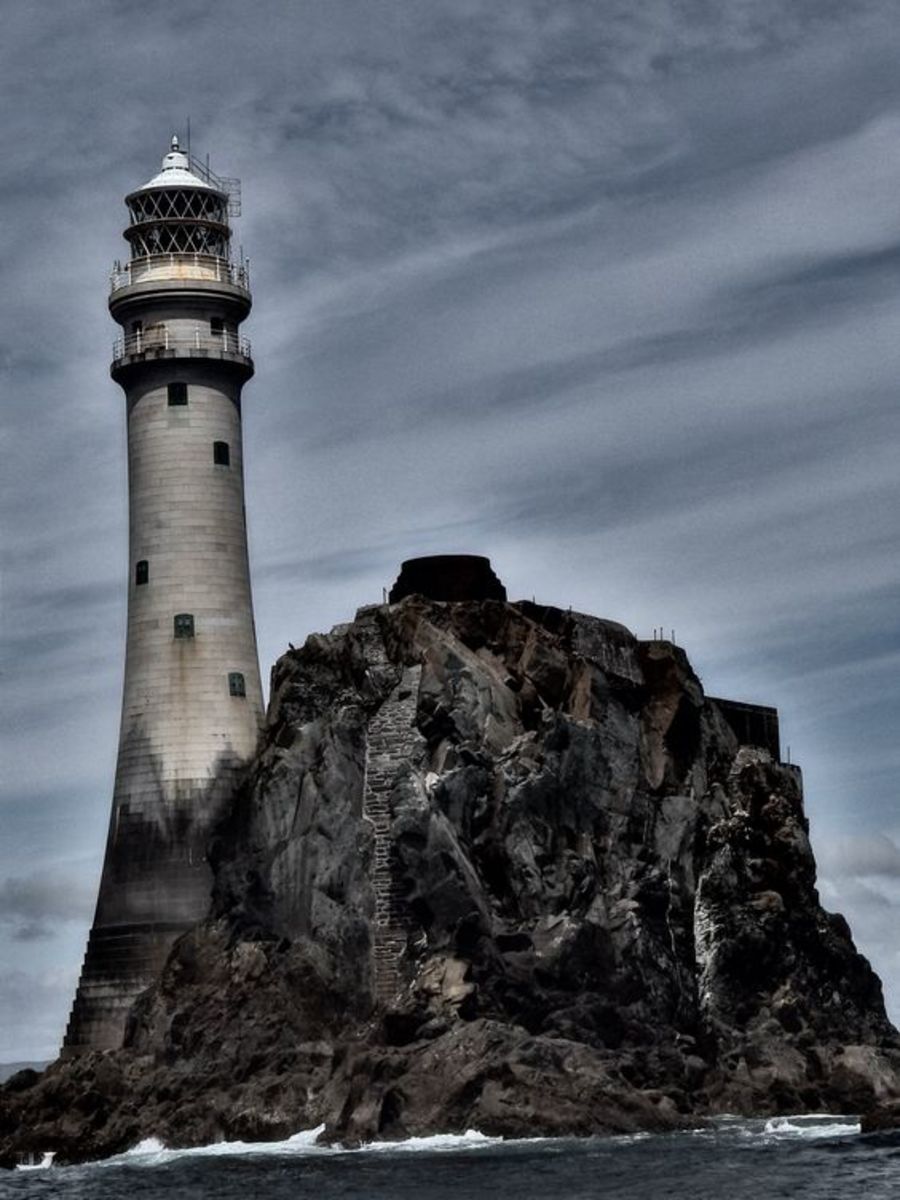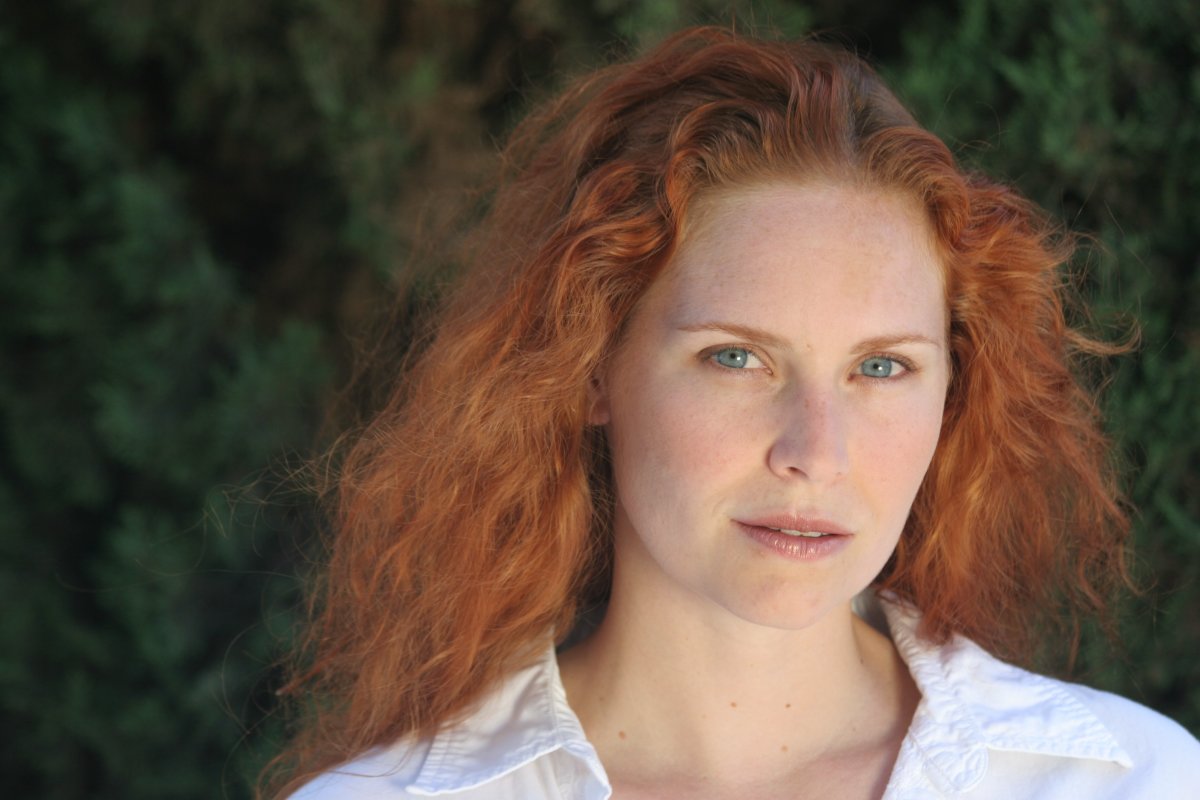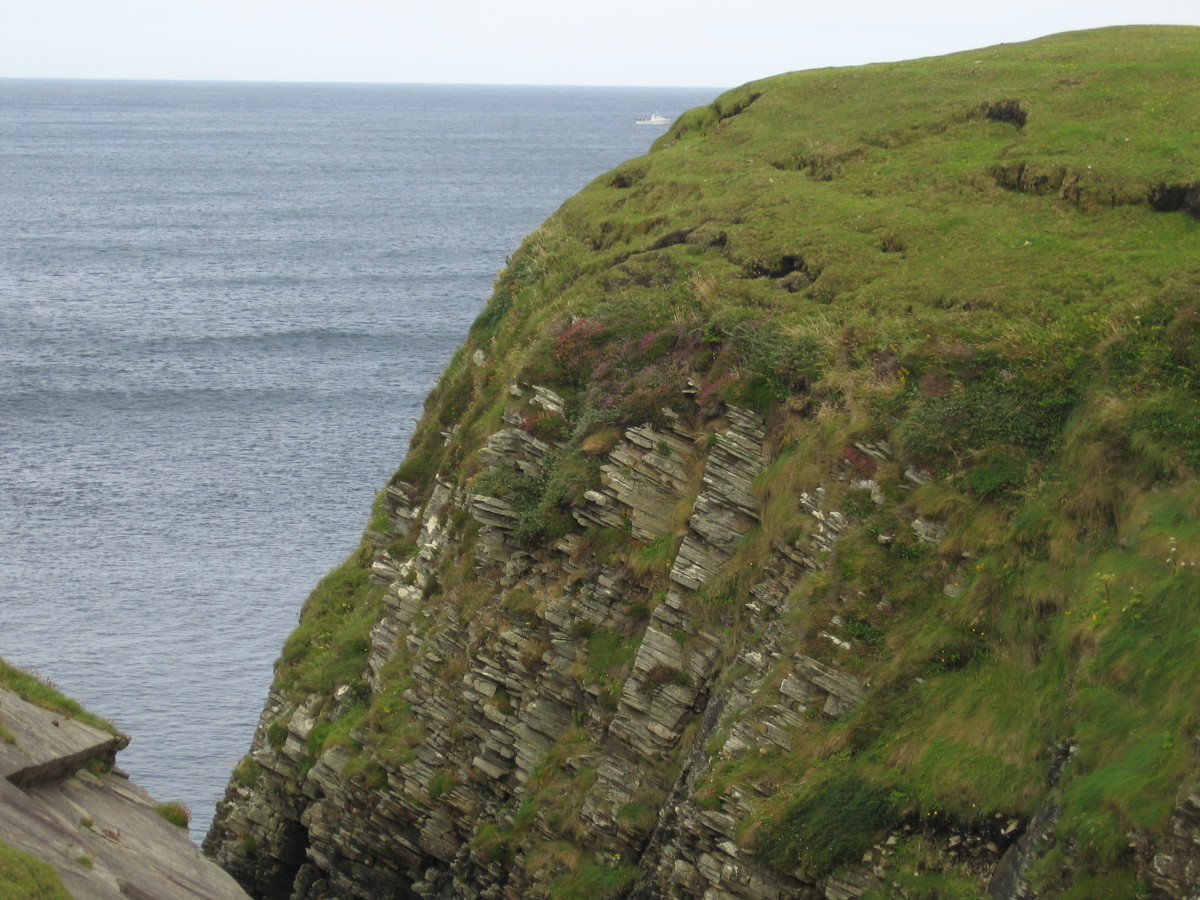Visiting Iveagh House, Dublin: Neoclassicism from 1736, Seat of the Foreign Affairs Ministry of the Republic of Ireland
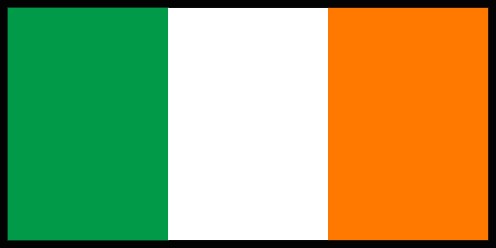
![Iveagh House, 80-81 w:St Stephen's Green [South], Dublin 2: Headquarters of the Irish Department of Foreign Affairs Iveagh House, 80-81 w:St Stephen's Green [South], Dublin 2: Headquarters of the Irish Department of Foreign Affairs](https://usercontent1.hubstatic.com/14150786_f496.jpg)
The Republic's window to the world
Sometimes open to members of the public (1), the seat of Republic of Ireland's Foreign Affairs and Trade Ministry (Irish: An Roinn Gnóthaí Eachtracha agus Trádála), Iveagh House (Irish: Teach Uíbh Eachach) and its impressive Neoclassical frontage may be viewed to good effect from nearby St. Stephen's Green (Irish: Faiche Stiabhna), in central Dublin (Irish: Baile Átha Cliath).
The building is the work of Richard Cassels (1690-1751)(1). It is named for Edward Guinness, 1st Earl of Iveagh (1847-1927), and in 1939 it passed into the possession of the former Irish Free State, later the Republic of Ireland. Interestingly, at first the Ministry which came to use Iveagh House was known as the Department of External Affairs; this was initially at a time when the Irish Free State was a member of The Commonwealth. In 1949, the State left The Commonwealth and became known officially as the Republic of Ireland; a number of years later, the Ministry adopted the name Department of Foreign Affairs, as befitted the nature of relations between a sovereign republic and other states. (The Trade portfolio was added in 2011.)
The first Minister to occupy Iveagh House was the historic Republican leader Eamon de Valera (1882-1975)(see also below).
Prominent features of the building include entrance pillars, a large pediment at the St. Stephen's Green elevation and a number of secondary pediments. These combine to give the frontage of the building a very definite Neoclassical stylistic aura, and Iveagh House is among the most elegant of buildings in Dublin.
Not far from Iveagh House, in nearby St. Stephen's Green, is Edward Delaney's 1967 statue of Wolfe Tone, credited by many Irish people as having been a leading founder of Irish Republicanism.
Nearby Iveagh Gardens (Irish: Gairdíní Uí Echach) were gifted to the nation in 1939; notable features include a maze, a striking waterfall and a sunken lawn.
Iveagh House is situated at 80, St. Stephen's Green, Dublin 2, Republic of Ireland.
August 7, 2018
Notes
(1) See also: https://www.dfa.ie/about-us/iveaghhousetours/
(2) Architect Cassels, born in Kassel, Germany. Other of his works in Dublin include Russborough House (Irish: Teach Russborough) and Leinster House (Irish:Teach Laighean), seat of Dáil Éireann and Seanad Éireann
https://www.dfa.ie/about-us/who-we-are/our-structures/ Interestingly, Sir Benjamin Guinness (1798-1868) designed modifications to Cassels' work. Later, architect J F Fuller also worked on the house.
Also worth seeing
In Dublin itself, visitor attractions include: the Four Courts (Irish: Na Ceithre Cúirteanna ); Leinster House (Irish: Teach Laighean ); Government Buildings (Irish: Tithe an Rialtais ); Trinity College (Irish: Coláiste na Tríonóide ), the old Irish Houses of Parliament (Irish: Tithe na Parlaiminte ); the Custom House (Irish: Teach an Chustaim ), the Ha'penny Bridge (Irish: Droichead na Leathphingine ), Dublin Castle (Irish: Caisleán Bhaile Átha Cliath) and many others.
...
How to get there: Aer Lingus flies from New York and Boston to Dublin Airport (Irish: Aerfort Bhaile Átha Cliath ), from where car rental is available. Car parking can be difficult in Dublin City centre and a good way to get around the city is by Dublin Bus (Irish: Bus Átha Cliath ). You are advised to check with the airline or your travel agent for up to date information. Please refer to appropriate consular sources for any special border crossing arrangements which may apply to citizens of certain nationalities.
MJFenn is an independent travel writer based in Ontario, Canada.
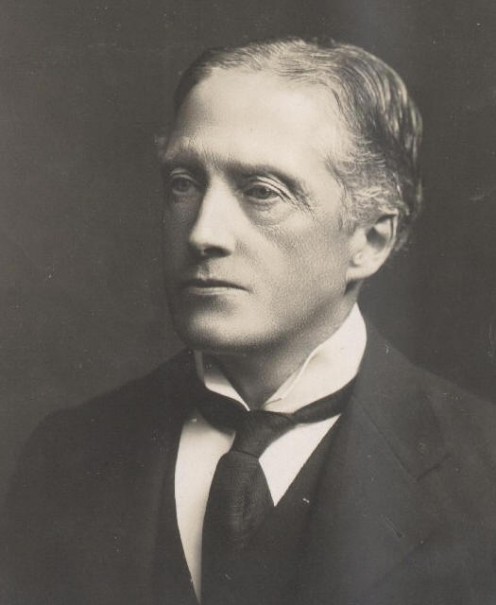
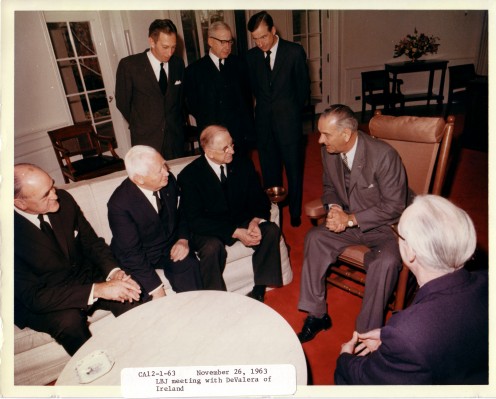
Other of my hubpages may also be of interest
- Visiting the Statue of Wolfe Tone, in Dublin, Ireland: Remembering the Leader of the United Irishmen
Edward Delaney's poignant statue of Wolfe Tone at the corner of St Stephen's Green in Dublin: deeply significant for the Republican idea in Ireland - Visiting the Custom House, Dublin, Ireland: historic, neo-Classical building by James Gandon, dating
Elegant, 18th century structure beside the Liffey, Dublin, formerly symbolized British rule but is now a symbol of the Republic of Ireland.
